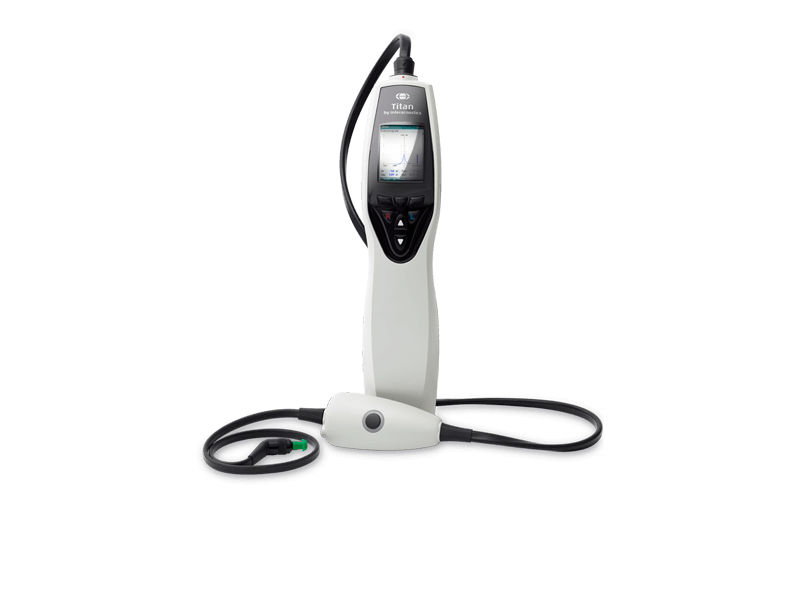How to Identify a Perforated Eardrum
About the author
The information presented here is based on clinical examples as well as modeled patterns. Text and accompanying absorbance sketch is authored by Navid Shahnaz, PhD, Aud, Associate Professor of Audiology in the School of Audiology & Speech Sciences at the University of British Columbia (UBC).
Caveats
Firstly, it must be noted that a perforated ear is easiest recognized by the flat curve and high equivalent ear canal volume of the traditional tympanogram. Similarly, the 3D absorbance measure allows recognizing that the measures are constant over the pressure range.
Secondly it should be noted, that recordings on ears with perforations will vary between patients – the shown Absorbance patterns for smaller and larger perforations shown here are sketched examples only. Please see Susan Voss’ article referenced below for more details.
Absorbance characteristics to look for
The Absorbance generally increases compared to normal ears, and mostly so below 2 kHz as the middle ear cavity absorbs most of the energy. The increase in Absorbance is most pronounced with the smallest(!) perforations. The bump of higher absorbance around 1 kHz shown in this sketch can be very pronounced with a very small perforation and may shift to higher frequencies as the size perforation increases. With larger perforations, the low frequency Absorbance gets closer and closer to normal absorbance levels, but might remain above the Absorbance level the ear would have exhibited without the perforation.

Sketched example

3D example of normal

3D example of perforation
Consequences of probe fit
All Absorbance measures need to have a good probe fit to be reliable. Evaluating Absorbance as provided by the 3D Tympanometry test ensures that a reasonably air tight probe seal was accomplished, as the air pressure sweep would not have been performed otherwise. In addition to an air tight probe seal, a deeper rather than a shallower probe insertion ensures the most accurate Absorbance measures. Shallow insertions tend to provide more elevated Absorbance readings at lower frequencies. This is somewhat similar to normal Tympanometry measures that are also influenced by probe fit and probe insertion depth.
Suggested reading
Effects of Middle-Ear Disorders on Power Reflectance Measured in Cadaveric Ear Canals, Voss, Susan E., Merchant, Gabrielle R.,Horton, Nicholas J., Ear & Hearing. 33(2):195-208, March/April 2012.
Acoustic Immittance Measures, Basic and Advanced Practice, 2013, Lisa Hunter, Phd, FAAA, Navid Shahnaz, PhD, Aud. (C), Plural Publishing. ISBN10: 1-59756-437-0, ISBN13: 978-1-59756-437-3.

